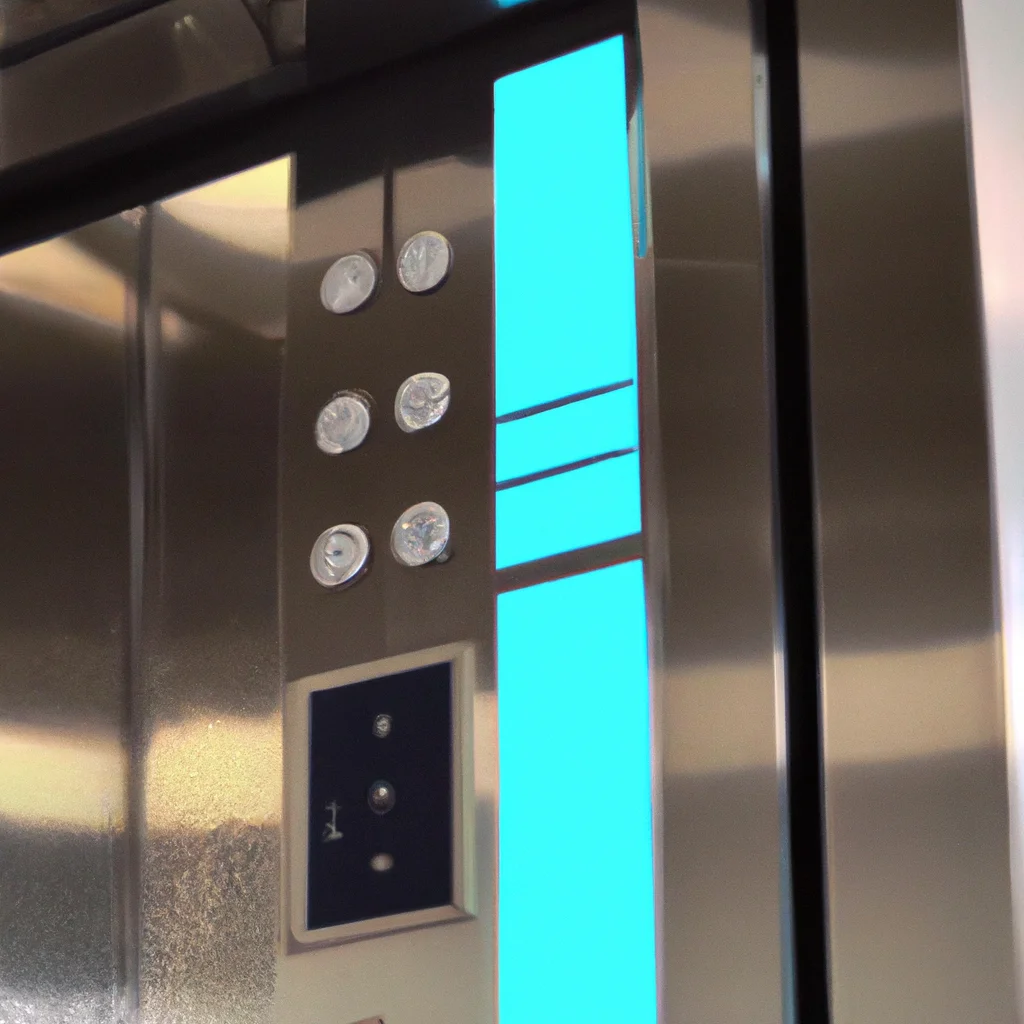How do elevators work?


How do elevators work?
Elevators have been an essential part of our lives for decades, providing a convenient way to move up and down buildings with ease. Have you ever wondered how elevators work? In this article, we’ll delve into the world of vertical transportation, exploring the different types of elevator mechanics, elevator operation, lift technology, and elevator engineering to give you a thorough understanding of how elevators work.
Types of Elevator Mechanics
Elevators can be classified into different types based on their mechanical operation. The most common types of elevator mechanics are hydraulic and traction.
Hydraulic elevators work by using a hydraulic piston to lift the elevator car. The hydraulic piston is connected to the car through a series of cables and pulleys. When the elevator is called, a pump pushes hydraulic fluid into the piston, causing it to extend, lifting the car. When the elevator reaches the desired floor, the fluid is released, and the car descends.
Traction elevators, on the other hand, use a system of cables and counterweights to move the elevator car up and down. The cables are attached to a motor that drives a pulley system, which lifts and lowers the car. The counterweights balance the weight of the car, making it easier to move.
Elevator Operation
Elevators operate using a complex system of controls that work together seamlessly to provide a smooth and safe ride. The controls include the elevator car, the hoistway, the motor, and the controller.
The elevator car is the part of the elevator that people ride in. It is designed to be as safe and comfortable as possible, with features like handrails, mirrors, and emergency buttons.
The hoistway is the shaft that the elevator car moves up and down in. It is lined with safety features like doors, safety sensors, and interlocks that prevent the car from moving unless the doors are closed.
The motor is the power source for the elevator, and it drives the pulley system that moves the car up and down. It is carefully calibrated to provide the right amount of power to move the car smoothly and efficiently.
The controller is the brain of the elevator, and it manages the movement of the car. It receives signals from the buttons inside the elevator car and the call buttons outside the elevator, and it uses those signals to move the car to the desired floor.
Lift Technology
Lift technology has come a long way since the early days of elevators. Today’s elevators use advanced technologies like regenerative braking, variable frequency drives, and computer controls to provide a safe and efficient ride.
Regenerative braking is a technology that recovers energy when the elevator car is descending. Instead of wasting that energy, the regenerative braking system stores it in a battery to be used later, reducing energy consumption and operating costs.
Variable frequency drives are another technology that helps to reduce energy consumption. They allow the elevator motor to run at different speeds depending on the weight of the car, reducing the amount of energy required to move the car up and down.
Computer controls are used to manage the movement of the elevator car, ensuring that it moves smoothly and efficiently. They can also be used to monitor the performance of the elevator, providing valuable data that can be used to improve its operation.
Elevator Engineering
Elevator engineering is the field of designing, building, and maintaining elevators. Elevator engineers use their knowledge of mechanics, electronics, and materials to create elevators that are safe, efficient, and reliable.
One of the key challenges of elevator engineering is designing elevators that can move people quickly and safely in high-rise buildings. This requires a deep understanding of the physics of vertical transportation, as well as advanced computer modeling and simulation tools.
Elevator engineers also work to improve the safety and reliability of elevators. They design and test safety features like interlocks, emergency brakes, and backup power systems to ensure that elevators are safe to use even in the event of a power outage or other emergency.
Conclusion
Elevators are complex machines that rely on a sophisticated system of mechanics, controls, and safety features to provide safe and efficient vertical transportation. From hydraulic and traction elevators to regenerative braking and computer controls, elevator technology has come a long way since the early days of vertical transportation. With the help of elevator engineering, we can continue to improve the safety, efficiency, and reliability of elevators for years to come.
Recent Posts
How do I create an engaging and informative online quiz or assessment?
Creating an engaging and informative online quiz or assessment can be a powerful tool for… Read More
What are the most effective methods for managing and reducing work-related stress in the hospitality industry?
Work-related stress is a common issue in the hospitality industry, where employees often face long… Read More
How can I improve my assertiveness and communication skills in a leadership position?
In a leadership position, assertiveness and effective communication skills are crucial for success. Being able… Read More
What are the key elements of a successful employee recognition and rewards program?
Employee recognition and rewards programs play a crucial role in motivating and engaging employees, as… Read More
How do I effectively manage and respond to customer feedback and reviews?
Customer feedback and online reviews play a crucial role in shaping a company's reputation and… Read More
What are the best strategies for effective time management as a stay-at-home parent?
Effective time management is crucial for stay-at-home parents who juggle multiple responsibilities on a daily… Read More